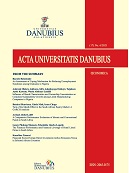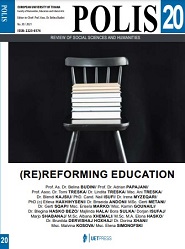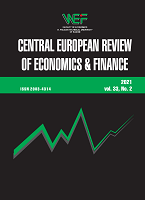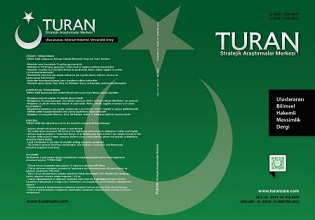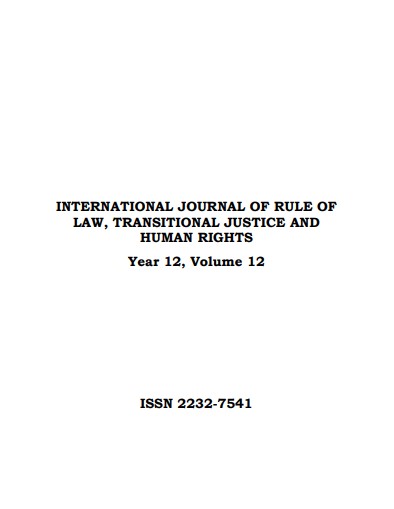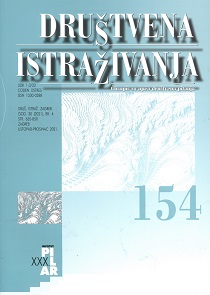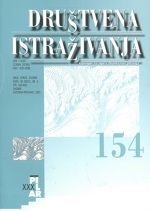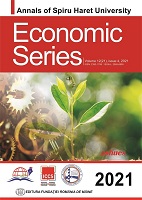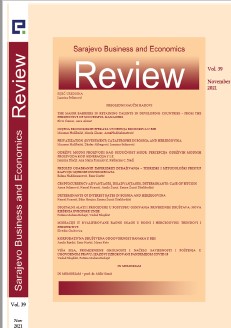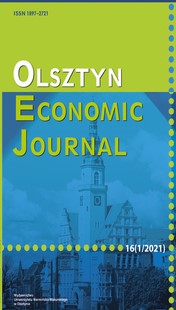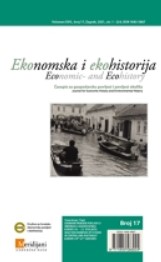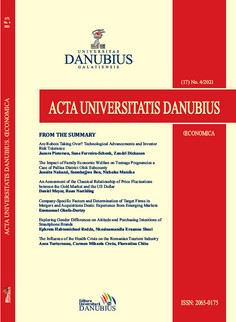
The Effects of Labour Strikes on the Share Returns of JSE Top 40 Companies
Labour strikes are a platform that enables workers to demonstrate their disagreement and/or their dissatisfaction towards their employer, concerning labour relation issues such as remuneration, working conditions and employee benefits. Labour strikes in South Africa date back to 1922, post the Anglo-Boer war of 1899-1902, within the mining sector and have since become the fabric of our society in correcting historic socio-economic ails of unemployment, minimum wages and inequality. The occurrence of global financial crises of 2008/2009 exposed South Africa's well-hidden vulnerabilities of poverty, unemployment and inequality and resulted in a significant rise in the number of labour strikes. Therefore, the article analyses the effect that labour strikes between 2010-2017 have on the share return of companies that were list on the Johannesburg securities exchange (JSE) index during this timeframe. The results indicate that resolve of protected and unprotected labour strikes affects the share return of JSE Top 40 companies. From an investment perspective, it can be concluded that labour strikes can have severe effects on the share returns of companies listed on a stock exchange. Thus, influencing investor confidence in those companies experiencing the labour strike.
More...
